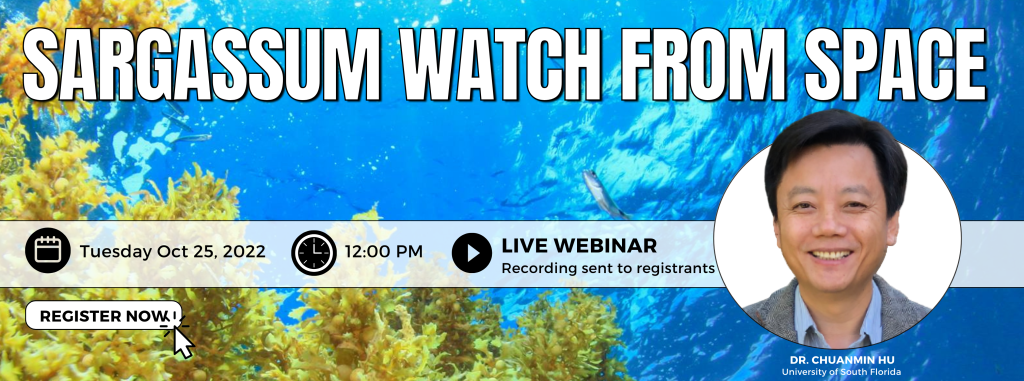
Join SECOORA for a webinar on October 25 at 12:00 PM ET presented by Dr. Chuanmin Hu from University of South Florida. He will be presenting on Sargassum Watch System that generates customized near real-time satellite imagery to monitor and track large Sargassum mats.
Abstract
Pelagic Sargassum is a brown macroalgae abundant in the Sargasso Sea and Gulf of Mexico. Since 2011, a continuous Sargassum belt extending from west Africa to the Gulf of Mexico is found to be recurrent every summer since 2011 (except 2013), causing many environmental, ecological, and economical problems in many nations and coastal states.
While understanding the bloom formation and inter-annual changes is still a matter of active research, a Sargassum Watch System (SaWS) generates customized near real-time satellite imagery to monitor and track large Sargassum mats. Integration of surface currents makes SaWS a simple tool to forecast short-term Sargassum movement.
Based on SaWS, monthly bulletins of current and future Sargassum outlooks are generated and distributed to various stakeholders. Further research is required to understand bloom mechanisms to improve Sargassum forecasts, and to develop better data products to improve monitoring in nearshore waters.
About the Presenter
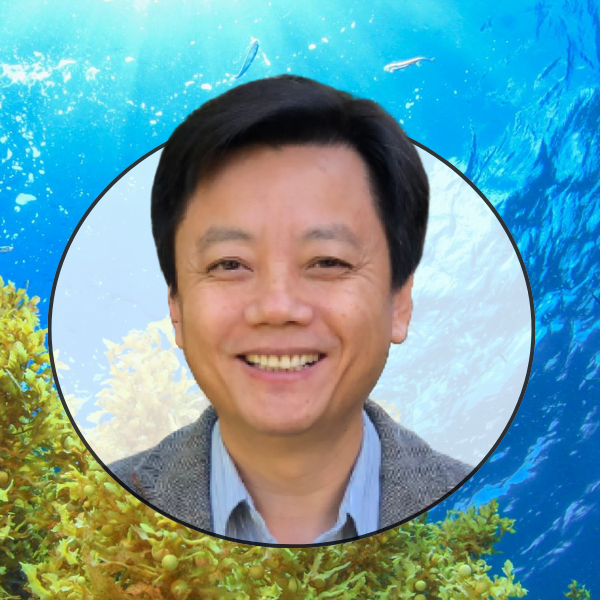
Chuanmin Hu is Professor of Oceanography at the College of Marine Science, University of South Florida, Florida, USA. He obtained a B.S degree from the University of Science and Technology of China, and a PhD degree from the University of Miami (USA). He specializes in using laboratory, field, and remote sensing techniques to study algal blooms (harmful and non-harmful, macroalgae and microalgae), oil spills, coastal and inland water quality, and global changes. He directs the USF Optical Oceanography Lab to establish a Virtual Buoy System (VBS) to monitor coastal and estuarine water quality, an Integrated Red tide Information System (IRIS) to provide near real-time information on harmful algal blooms, and a Sargassum Watch System (SaWS) to combine remote sensing and numerical modeling to track macroalgae. He is an elected fellow of the American Association for the Advancement of Science (AAAS) and an elected member of the Academy of Science Engineering and Medicine of Florida (ASEMFL).
Related news
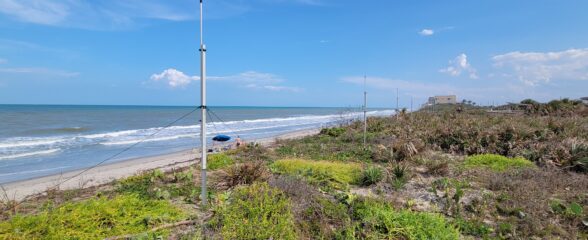
Measuring Surface Currents on the East Coast of Florida with High Frequency Radars
The Florida Institute of Technology and UGA Skidaway Institute of Oceanography recently installed four high frequency radars on the east coast of Florida. These systems measure the speed and direction of ocean currents, which is helpful for search & rescue operations and tracking marine debris.
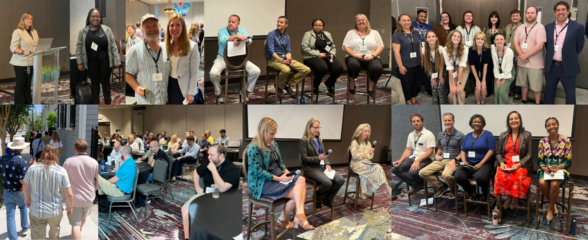
The 2024 SECOORA Annual Meeting: A Huge Success!
The SECOORA Annual Meeting was held in Charleston, South Carolina May 7th - 8th. Thank you to those who attended, we hope to see you again next year!
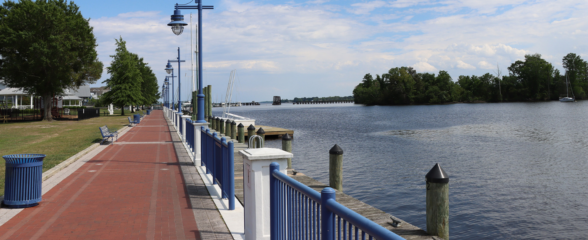
SECOORA Partners with North Carolina Communities to Install New Water Level Sensors
SECOORA has partnered with North Carolina Public Safety, Beaufort County Emergency Services, and the town of Belhaven to install new water level stations in two flood-prone North Carolina communities.